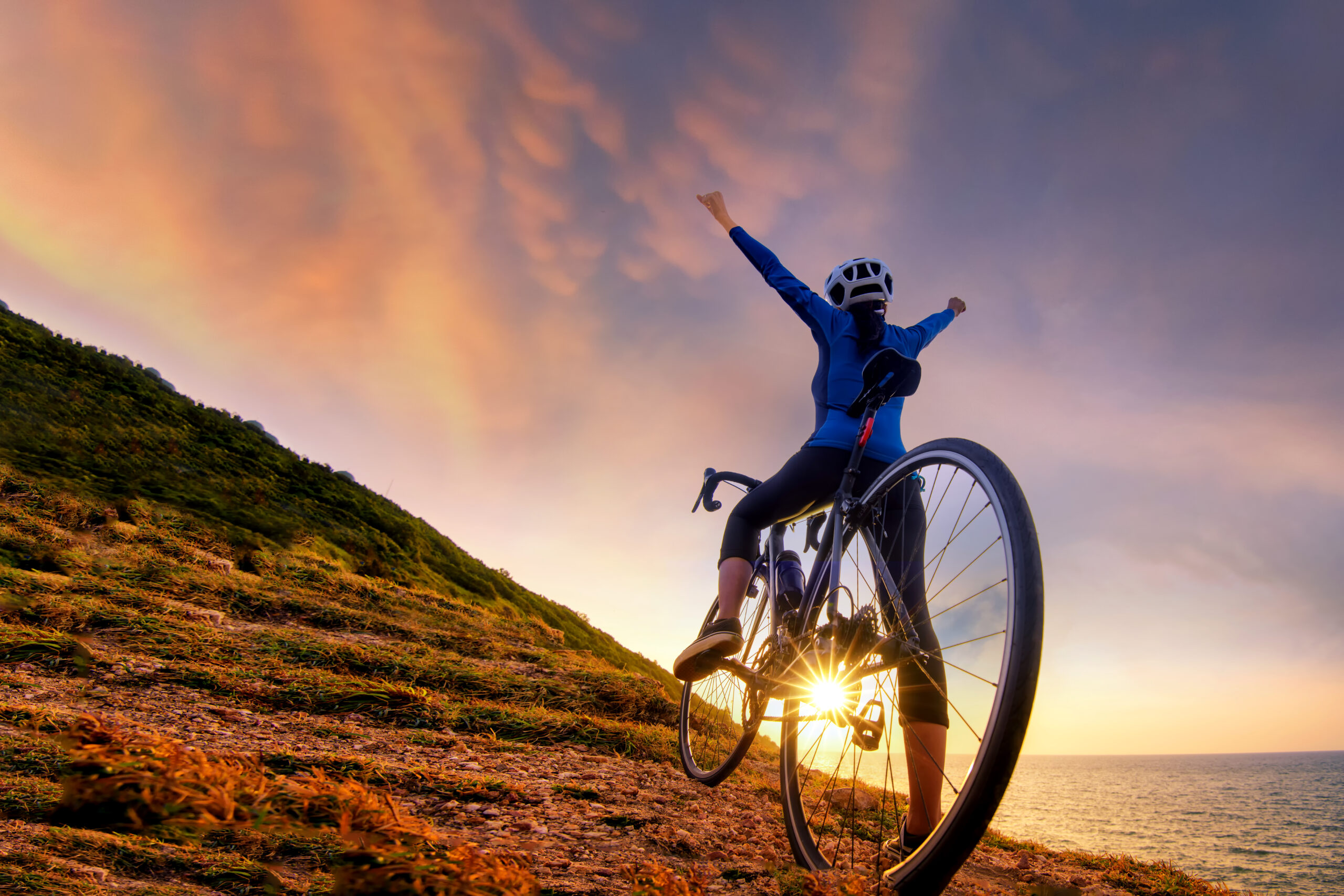The Physical Demands of Sport Biking
Sport biking and motocross aren’t just about speed and bravery—they’re physically demanding sports that test every part of your body. When I first got serious about amateur biking and motocross, I realized that raw passion wasn’t enough. To really perform well and stay safe, I needed to treat my body like an athlete would.
Riding a bike at high speeds over rugged terrain takes more than good balance. It demands strength, quick reflexes, endurance, and a sharp mind. You are constantly adjusting your body position, controlling the throttle, and making split-second decisions, all while absorbing the physical punishment of the ride. Over time, I learned that training off the bike is just as important as training on it.
Why Strength Training Matters
When I talk to people about motocross and sport biking, many are surprised when I mention lifting weights as part of my regular training. But the truth is, strength is essential for biking performance. Holding your body steady through rough trails, gripping the handlebars, absorbing the shock of jumps, and handling a heavy machine for hours at a time takes real muscular endurance.
In particular, a strong core is vital. Your core stabilizes your whole body on the bike, helping you stay balanced through turns, jumps, and rough patches. Strong legs help you absorb impact when standing on the pegs, and powerful arms and shoulders give you the endurance to control the bike without tiring too quickly.
For me, weightlifting isn’t about getting bigger; it’s about getting stronger and more resilient. It’s about injury prevention, too. A strong body can better withstand the forces involved in a crash or a hard landing. Strength training has definitely helped me stay healthier and more consistent with my riding.
Reflexes: The Key to Fast, Smart Decisions
Beyond strength, quick reflexes are critical. Out on the track or trail, you have to respond instantly to changes in terrain, sudden obstacles, or mistakes from other riders. Training my reflexes is something I take seriously.
One way I work on this is through reaction drills, hand-eye coordination exercises, and activities that challenge my brain and body at the same time. Even simple things like practicing balance drills on an unstable surface can help. The sharper your reflexes, the faster and more confidently you can ride. In emergency medicine, where I often have to make split-second decisions, I see a lot of crossover. Staying calm, reading the situation quickly, and reacting with precision are skills that save lives—and they certainly help keep me safe on the bike.
Building Endurance for the Long Ride
Endurance is another pillar of good biking performance. Long rides and races are physically exhausting. If your stamina gives out, your reaction time slows, your focus fades, and that’s when mistakes happen. Building cardiovascular endurance through running, cycling, and circuit training has been a major part of my preparation off the bike.
But it’s not just physical endurance that matters—it’s mental endurance, too. Pushing through fatigue, staying alert lap after lap, and maintaining good decision-making under stress are mental muscles you have to train just like the body.
In the emergency room, the days can be long, stressful, and chaotic. I believe my background in endurance training for sport biking has helped me stay strong mentally during long shifts and critical cases. It’s all about pacing yourself, staying focused, and never losing sight of your goals.
Training with a Purpose
For me, training off the bike isn’t about vanity or even general fitness—it’s about being the best rider I can be. Every workout has a purpose, whether it’s building grip strength for better handlebar control or working on core stability for better balance through turns.
This mindset has helped me stay motivated over the years. It’s not about how much weight I can lift or how fast I can run a mile. It’s about translating that strength, speed, and stamina into better rides and safer experiences. When you train with purpose, every session matters, and you start to see improvements not just in your physical abilities but in your confidence and enjoyment of the sport.
The Joy of the Ride
At the end of the day, all this training pays off when I’m out on the bike, feeling strong, agile, and in control. There’s nothing like the rush of powering through a tough trail, taking a jump cleanly, or carving through a sharp turn with confidence. It’s a feeling of freedom that’s hard to match.
Riding has given me a lifelong passion, an outlet for stress, and a constant challenge to better myself, both physically and mentally. Just like in my career as an emergency physician, biking pushes me to be disciplined, resilient, and focused. Gianluca Cerri MD may spend his working hours in a hospital, but out on the bike, I find a different kind of intensity—one that recharges me and keeps me grounded.
If you love biking or motocross, my advice is simple: treat yourself like an athlete. Train for strength, speed, reflexes, and endurance. Respect your body, invest in your fitness, and the rewards you’ll feel on the track will be worth every drop of sweat.
There’s no shortcut to success, whether it’s in medicine or on the motocross track. But with the right preparation and passion, every ride becomes an opportunity to chase your personal best—and enjoy every moment of the journey.
